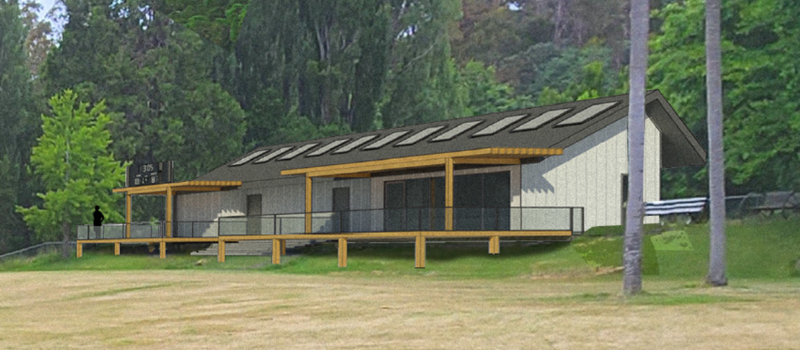
Project Summaries
Snow Sports New Zealand Dryland Training Facility
Snow Sports New Zealand (SSNZ) engaged RSL to undertake a feasibility study to determine the potential for developing a dry slope facility for snow sports athletes.
Bowls Warkworth Feasibility Study
Bowls Warkworth commissioned a feasibility study to determine the need, scope, and financial costs for the development of a new bowls and community facility.
Taupō Squash Club Feasibility Study
Taupō Squash Club (TSC) commissioned Recreation Sport and Leisure Consultancy (RSL) to undertake an independent feasibility study on the development of a new facility In Taupō.
Cheviot Cricket Club Pavilion Feasibility Study
The Cheviot Cricket Club is a small amateur cricket club based at the Cheviot Hills Reserve in Cheviot, North Canterbury.
Tapawera Community Centre Feasibility Study
Tasman District Council and Tapawera Connect jointly engaged Recreation Sport and Leisure Consultancy to investigate the feasibility of a new multi-use community centre for Tapawera following a strong level of previous support in the community for a new community facility.
Tatua Reserve Sports Hub Business Case 2022
After completing a needs and feasibility study in 2021, RSL was engaged by the Bay of Plenty Badminton Association (BOPBA) to develop a business case, following Better Business Case (BBC) protocols.
Sefton Community Hall
There has been a Sefton Hall in one form or another on the current site since 1888. The current hall was built in 1961 and had served the Sefton community well for 50 years when it was damaged in the 2010/11 Canterbury Earthquakes.
Lincoln University – Recreation Centre Upgrade
Several years after the Canterbury earthquakes and several reports later, Lincoln University engaged RSL Consultancy to provide recommendations on the future of the Recreation Centre.
Omihi Hall Re-Build – Feasibility Study, Omihi Hall Trust
After the tragic loss of the Omihi Hall in North Canterbury to fire in 2015, we worked with the Omihi Hall Trust Committee (the same set of families who formed the Trust in the 1920’s) to look at what viable solutions were on offer to provide a community hub.









